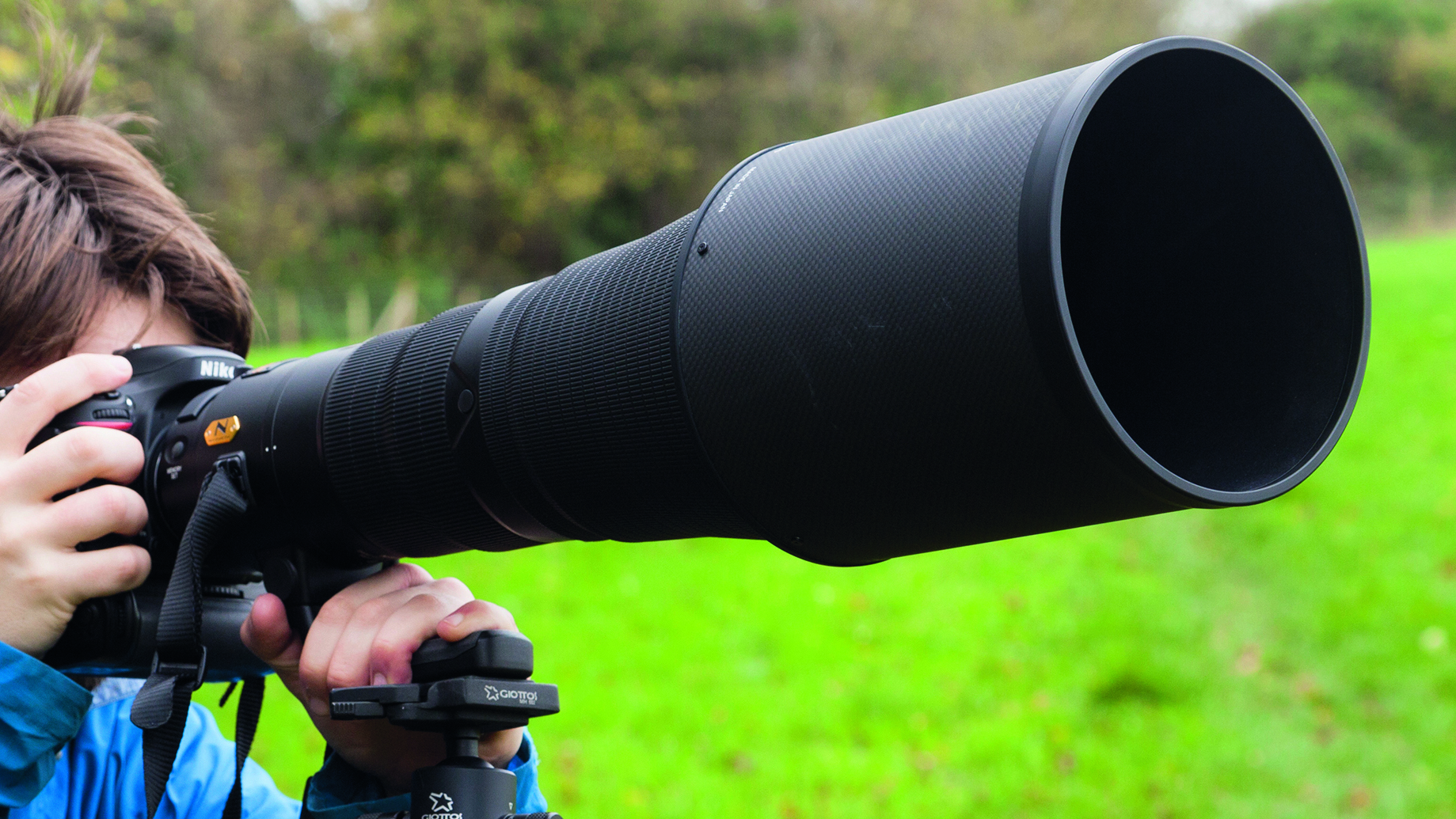Fujifilm GFX 100 II vs Hasselblad X2D 100C: comparing medium format monsters
Our Fujifilm GFX 100 II vs Hasselblad X2D 100C comparison pitches two medium format monsters head to head
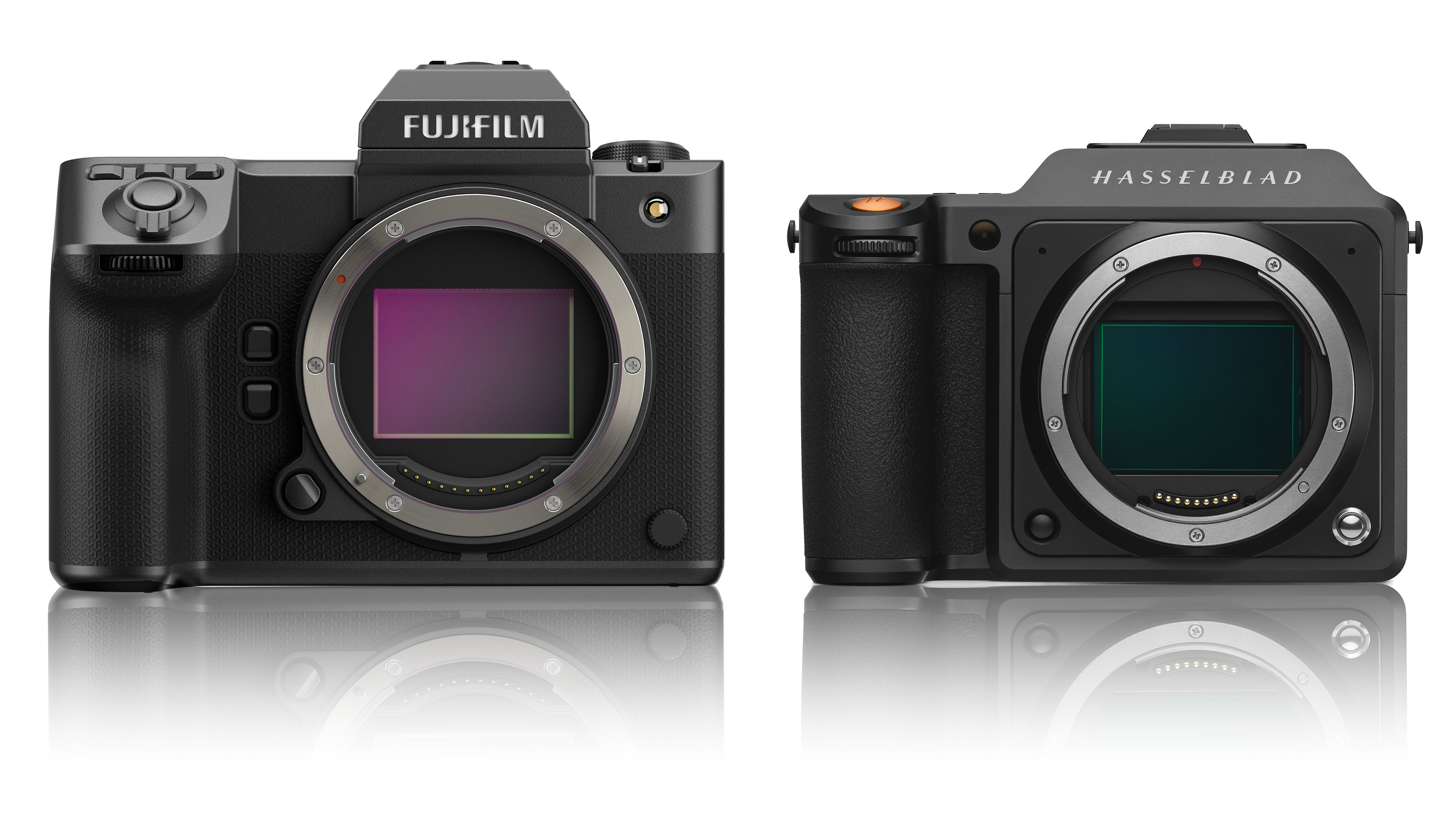
Once upon a time, a full frame camera was the ultimate dream for any keen photographer. Medium format cameras were just overpriced antiques that had outlived their sell-by dates. But then Fujifilm and Hasselblad shook everything up with modern medium format digital cameras that ordinary folk could actually afford, and ever since then they’ve been going toe to toe.
If you had to choose the best medium format camera today, you would essentially be comparing Fujifilm and Hasselblad (all right, and Pentax too). You might choose Fujifilm for practicality and value but cast the occasional glance at Hasselblad for its minimalist chic.
This two-way duel seems set to continue. From Fujifilm we have the very latest Fujifilm GFX 100 II, while from Sweden we have the Hasselblad X2D 100C. These are two rather remarkable cameras. Both are among the highest resolution cameras you can buy, but they are utterly different in how they go about things.
The Fujifilm GFX 100 II can, it seems, do almost anything. It’s one of the best 8K cameras on the market (a very exclusive club), has video features to match the best hybrid cameras and challenge some of the best cinema cameras, and is undoubtedly one of the best professional cameras out there right now.
Against that, the Hasselblad X2D looks quite tame. It doesn’t shoot video, it can’t match the Fujifilm’s burst speeds and its clear emphasis on minimalism and style will put a lot of photographers’ backs up straight away.
But not ours. Along with Leica, Hasselblad champions design, desirability and efficiency, and these three qualities are not exactly abundant in today’s camera market. The difference between Hasselblad and Leica in this instance, however, is affordability. You have to pay a lot of money to join the Leica club, but the X2D 100C is actually in the same price bracket as the oh-so-practical GFX 100 II.
Interesting. So let’s see how they compare in detail…
Fujifilm GFX 100 II vs Hasselblad X2D 100C in 2025
Why you can trust Digital Camera World
1. Sensor
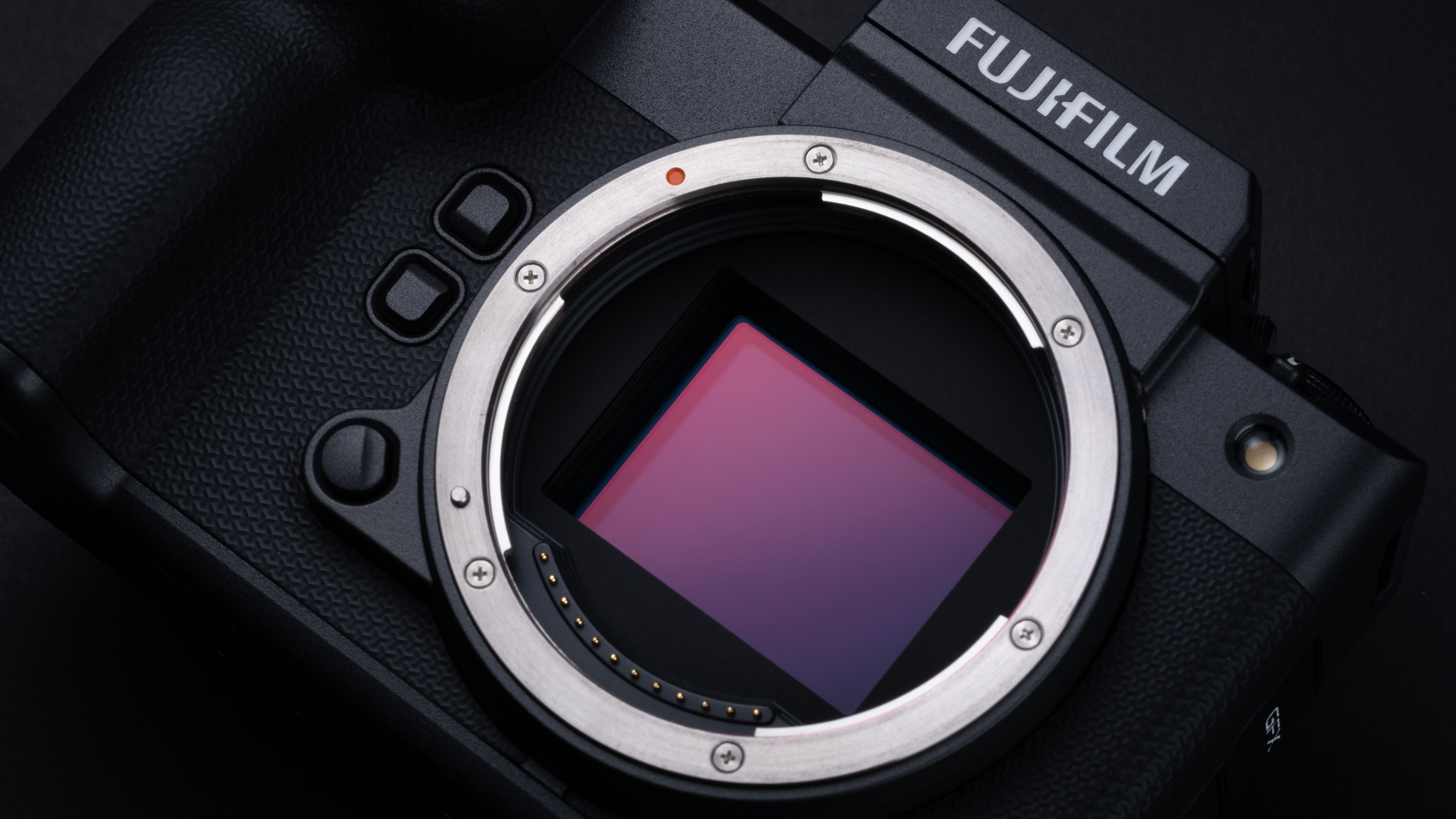
• Fujifilm GFX 100 II: Medium format 43.8 × 32.9mm 102MP CMOS II HS, X-Processor, 400MP Pixel Shift Multi-Shot
• Hasselblad X2D 100C: Medium format 43.8 × 32.9mm 102MP BSI CMOS
It’s generally assumed that the GFX 100 II and Hasselblad X2D 100C share the same sensor, given that the dimensions and the effective megapixels are identical. What they do with this sensor is quite different, though, and tied in with the camera processing and each maker’s vision for its medium format camera. Our lab tests show broadly similar resolution figures, as you might expect, so neither camera has an innate sensor advantage.
2. Lens mount
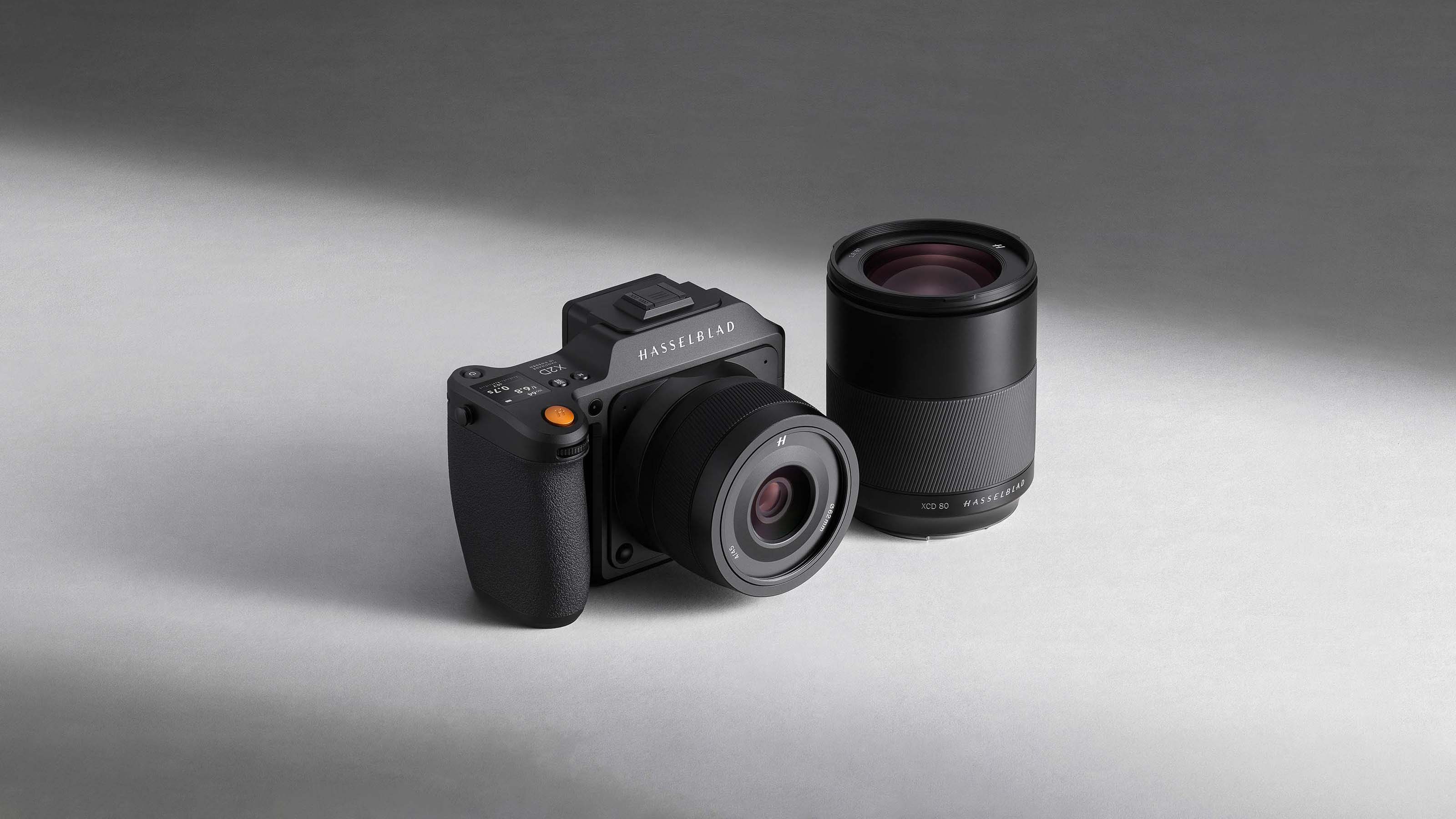
• Fujifilm GFX 100 II: Fujifilm GFX (17 lenses)
• Hasselblad X2D 100C: Hasselblad XCD (14 lenses)
Both cameras use a bespoke lens mount. The GFX 100 II uses Fujifilm’s on GF lens mount, which is not shared with any other camera platform, nor with its smaller-format X-mount mirrorless cameras. The Hasselblad X2D 100C is in the same position, using Hasselblad’s own XC lens mount, a compact alternative to its older H-series mount.
Although new Fujifilm GF lenses appear to arrive more frequently, there is actually little difference in these two lens ranges. Ignoring third-party lenses, we count 17 Fujifilm GF lenses and 14 Hasselblad XC lenses. Two of the Fujifilm lenses are specialist tilt-shift optics, and three of the Hasselblad lenses are new primes launched alongside the X2D 100C.
One key feature of the Hasselblad lenses is that they incorporate a leaf shutter. This means that you can in principle use flash at any speed and the shutter actuation should be quieter and lighter – though the maximum shutter speeds available are not as high.
3. ISO range
• Fujifilm GFX 100 II: ISO 80-12,800, exp 40-102,400
• Hasselblad X2D 100C: ISO 64-25,600
The sensor may be the same, but Fujifilm’s X-Processor hardware drives it to a maximum ISO 12,800 in its standard range and ISO 102,400 in expanded range. The Hasselblad X2D 100C can’t even get close, with a maximum standard ISO of 25,600. In fairness, that’s still pretty high for a camera designed for ultimate resolution and quality and it seems unlikely that you would buy either camera specifically for low light shooting.
4. Autofocus
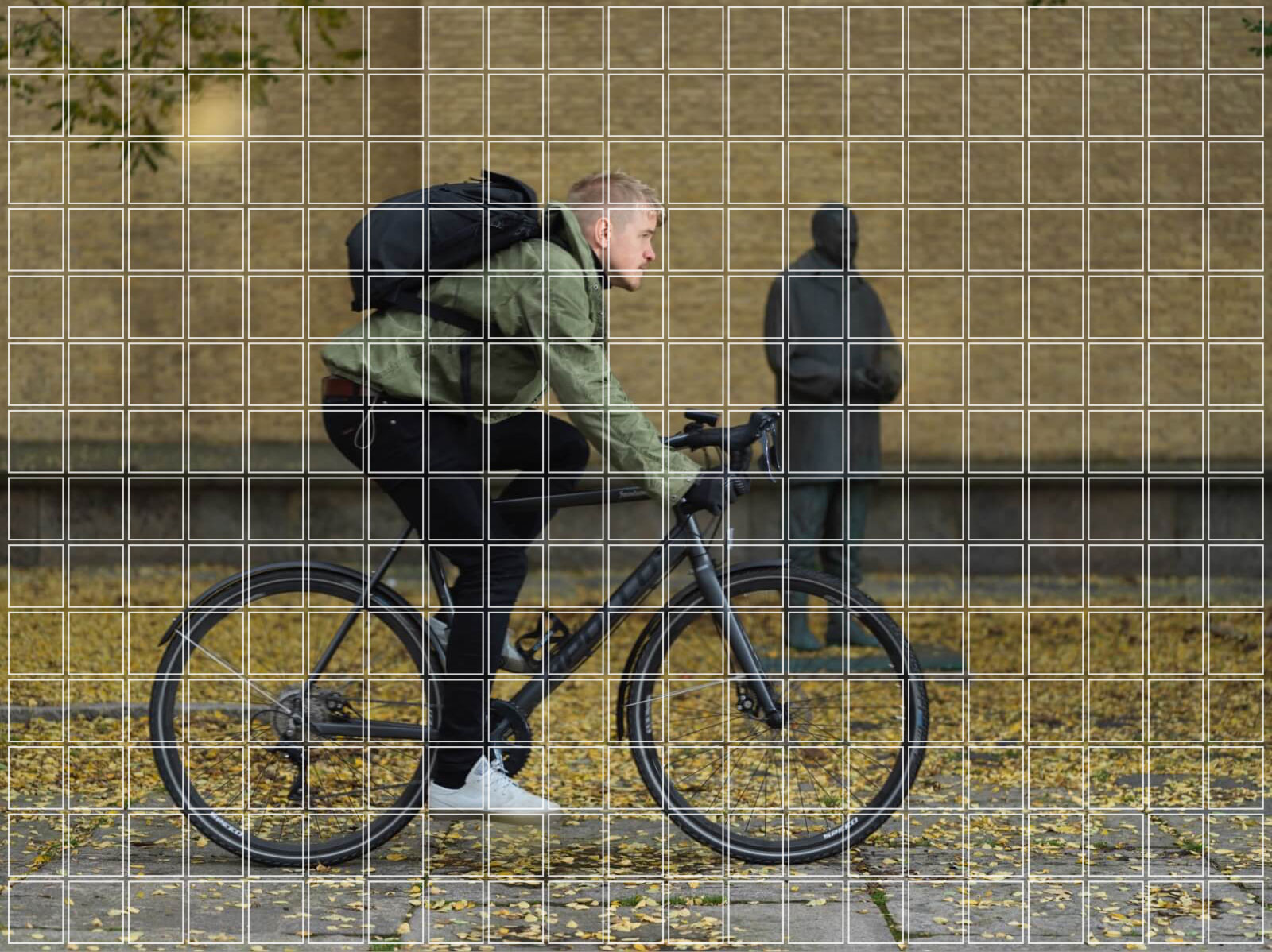
• Fujifilm GFX 100 II: Hybrid 117/425 area phase/contrast AF, AI subject detection AF, human faces and eyes, animals, birds, cars, motorcycles, bicycles, airplanes, and trains
• Hasselblad X2D 100C: 294-zone phase detect AF, 97% coverage
One of the criticisms of the first-generation Hasselblad X1D models was their slow contrast-based autofocus. The X2D 100C, however, has a much more up to date phase detect AF system which is also very much faster. However, the Fujifilm GFX 100 II has a much more advanced AI-based subject recognition and tracking system that’s likely to prove more effective with moving subjects.
5. Stabilization
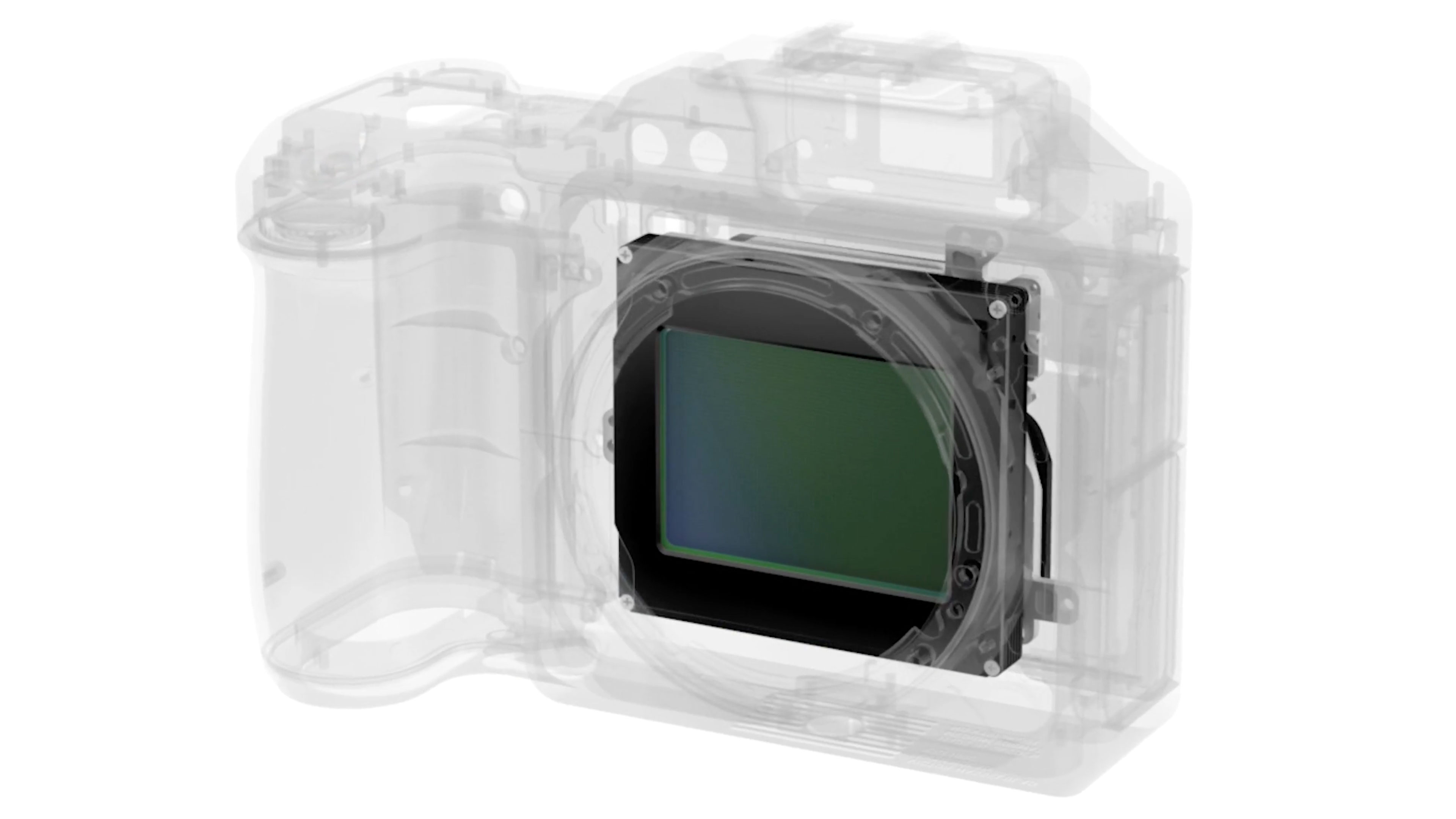
• Fujifilm GFX 100 II: 5-axis IBIS, 8 stops
• Hasselblad X2D 100C: 5-axis IBIS, 7 stops
Both cameras have in-body image stabilization, which is impressive with sensors this large, but while Hasselblad claims up to 7 stops of compensation for the X2D 100C, Fujifilm goes one stop better with a claimed 8 stops for the GFX 100 II. In practice, it’s not always possible to achieve manufacturers’ claimed figures since these are achieved in carefully controlled laboratory conditions, but on paper at least the GFX 100 II does appear to have a small stabilization advantage.
6. Video
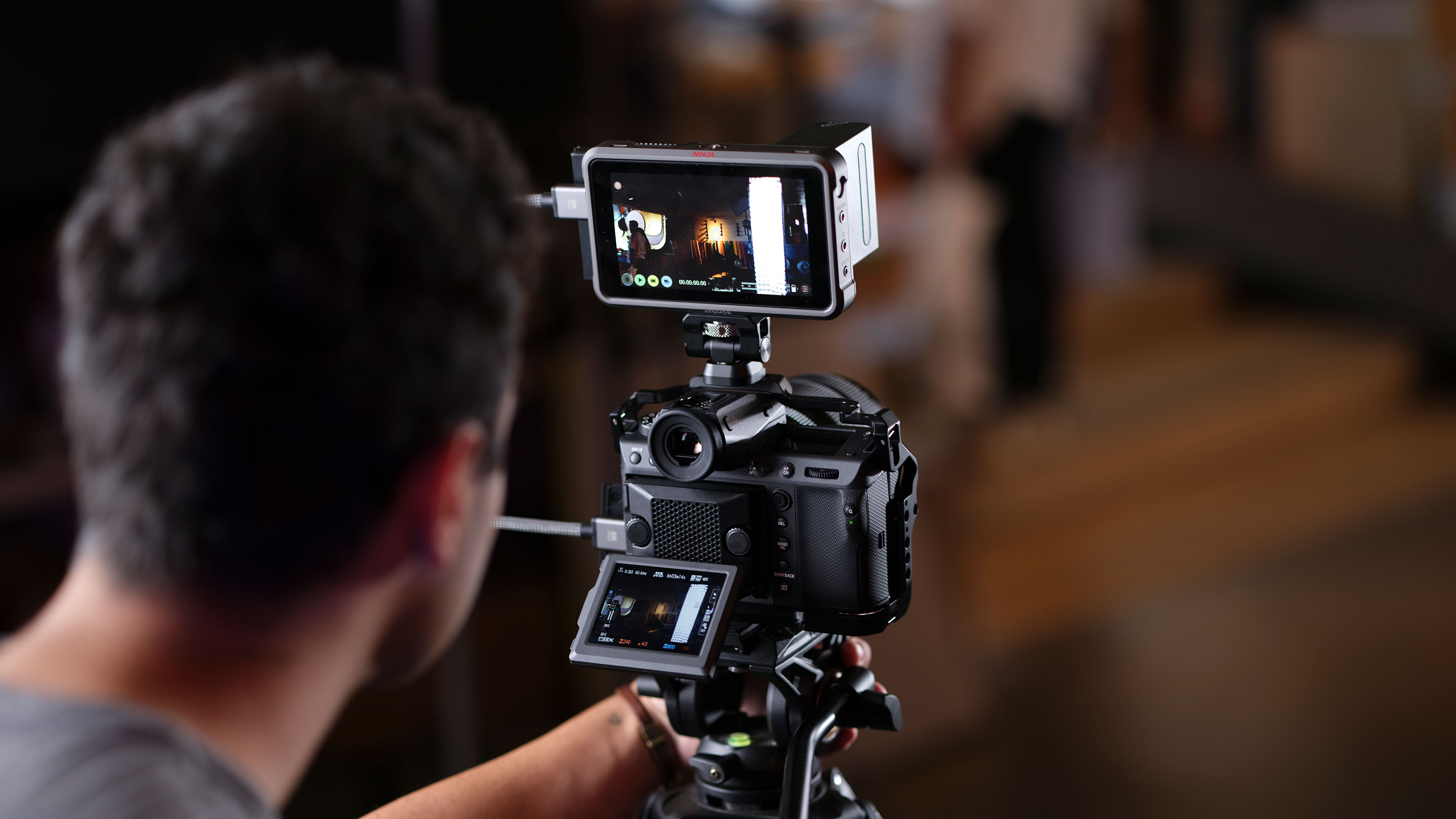
• Fujifilm GFX 100 II: 4K/60p, 8K/30p, FHD/120p (various crops from 1.0-1.51x depending on format), 4:2:2 10-bit Internal Recording, F-Log2 (first) for 14+ stops DR, Frame.io Camera to Cloud compatibility, 12-bit Apple ProRes RAW up to 8K 30p to Atomos over HDMI, optional FAN-001 Cooling Fan, Record to external SSD via USB Type-C, Waveform, Vectorscope, Zebras, All Intra, Long GOP
• Hasselblad X2D 100C: No
Video comparisons between cameras are usually complex and technical, but not this time! While the GFX 100 II has 8K and 4K capture capabilities to rival the latest and best hybrid cameras, the Hasselblad does not offer any kind of video capture at all.
There may be a few photographers who wish Fujifilm made a simpler version of the GFX 100 II along the same lines, but if you are a hybrid stills/video/cinema photographer, the GFX 100 II isn’t just the best choice in this comparison, it’s the ONLY choice.
7. Stills
• Fujifilm GFX 100 II: 102MP, 14-bit raw, Film Simulations
• Hasselblad X2D 100C: 102MP, 16-bit raw, 15 stops DR, Hasselblad HNCS
While the GFX 100 II is the obvious choice for filmmakers, things take a slightly different turn for stills photographers. Both cameras enjoy the benefit of a larger medium format sensor and 102-megapixel resolution, and while the GFX 100 II comes with Fujifilm’s celebrated Film Simulation modes, the X2D 100C perhaps has an extra card up its sleeve.
It does offer 6-bit raw capture, previously an advantage over GFX models, but the GFX 100 II does now shoot 16-bit raw itself, so that leaves them level. Hasselblad's other potential advantage, though, is its HNCS color science, or Hasselblad Natural Color Solution, which does indeed produce images with a distinctive, even unique look.
8. Continuous shooting
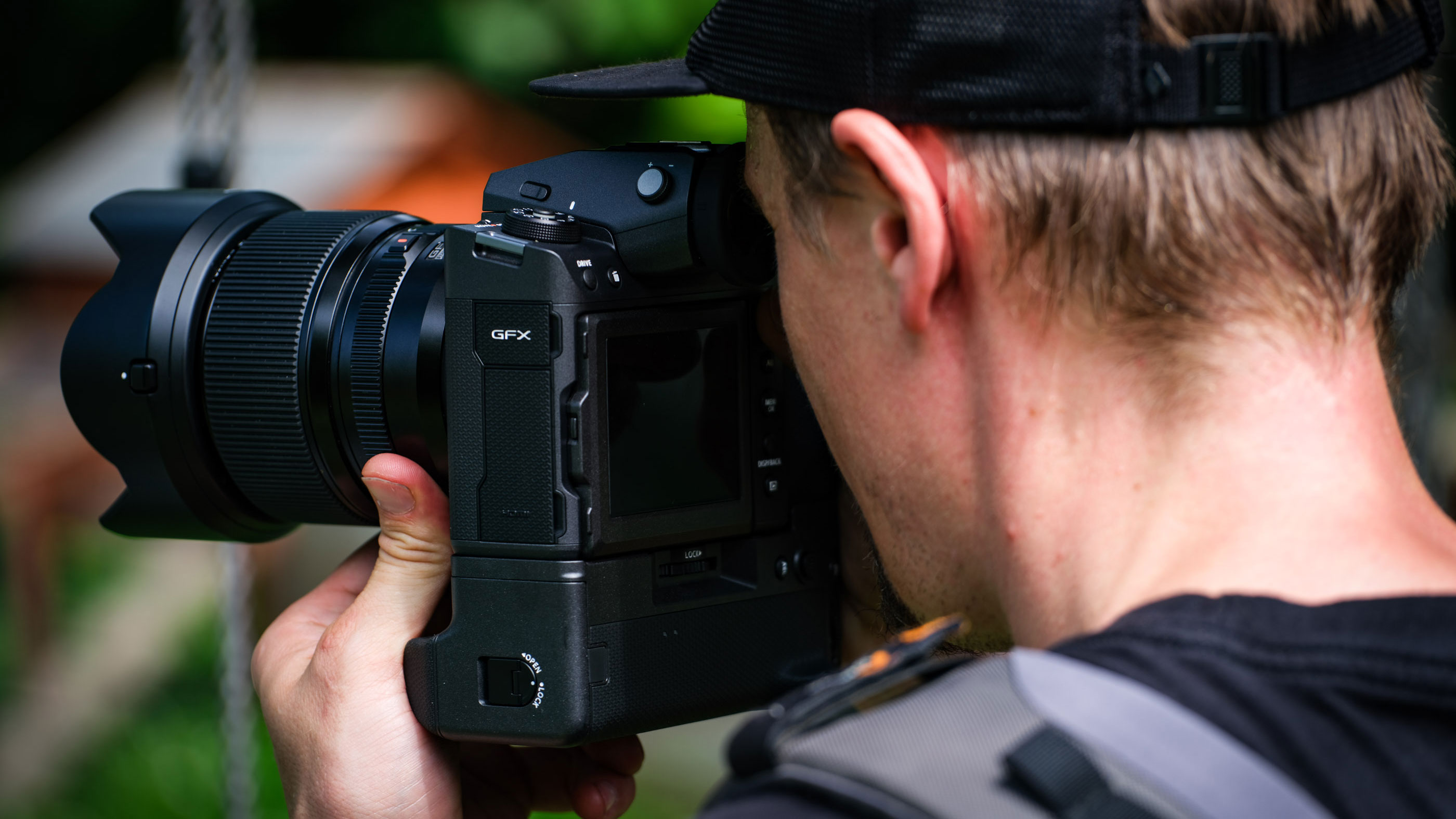
• Fujifilm GFX 100 II: 8fps mechanical shutter, 8.7fps electronic, 1000+ JPEG, 260-1000+ raw depending on mode/compression
• Hasselblad X2D 100C: 3.3fps (14-bit raw), buffer depth not quoted
The balance swings clearly in favor of the GFX 100 II for continuous shooting, where it trounces the Hasselblad for both shooting speed and buffer depth. The X2D 100C can limp along at only 3.3fps, and Hasselblad does not disclose its buffer depth. The GFX 100 II, however, can hit 8.7fps with its electronic shutter and can capture 1,000 JPEGs or raw files (depending on the raw setting).
You might not choose either camera specifically for sustained action photography, but if it’s something you need to shoot now and again, the GFX 100 II will do a decent job while the X2D 100C will be pretty much out of its depth.
9. Viewfinder
• Fujifilm GFX 100 II: 0.64-in, 9.44m dot, 1.0x magnification, 120fps frame rate boost for fast moving subjects, increased buffer memory for reduced delay and blackout, 5.3fps blackout-free with electronic shutter
• Hasselblad X2D 100C: 5.76m dot EVF, 1.0x magnification
The 5.76m-dot EVF provided with the X2D 100C is pretty good by today’s standards, but not exceptional. The EVF in the GFX 100 II, however, has almost twice the resolution at 9.44 million dots and, while this is not unique, it’s about as good as EVFs get right now. Both cameras offer 1.0x magnification, so resolution aside they are roughly equivalent.
10. LCD
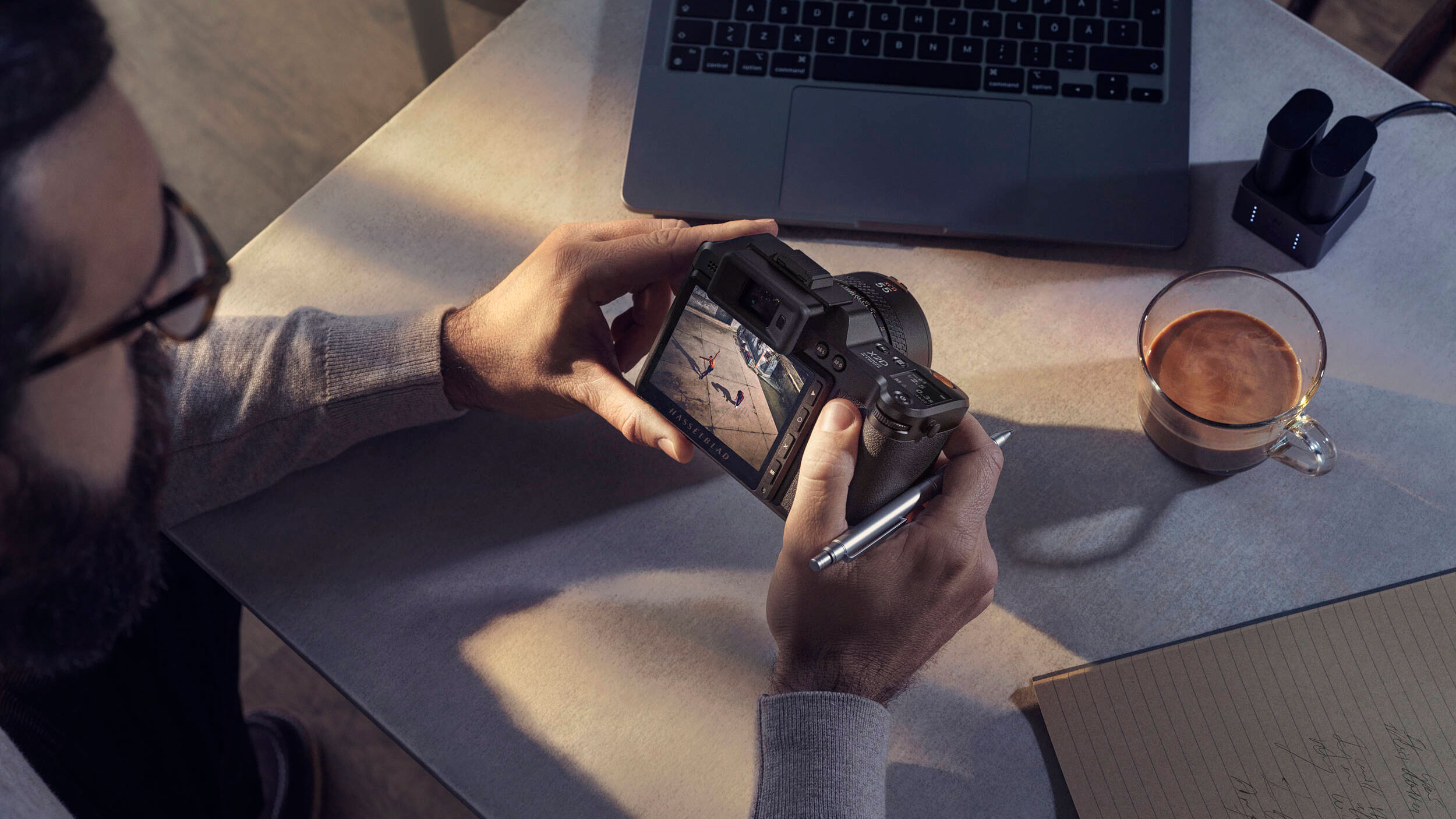
• Fujifilm GFX 100 II: 3.2-inch 2.36m dot three-way tilting touchscreen
• Hasselblad X2D 100C: 3.6-inch tilting touchscreen, 2.36m dot
Things are more finely poised around the back of the camera. The Hasselblad offers a simple tilting mechanism where the GFX 100 II has a more advanced three-way tilt, but while the Fujfilm’s 3.2-inch screen is already more generous than most, the Hasselblad has an even larger 3.6-inch display – and it’s great to see camera makers (or some of them, at least) fitting larger screens.
11. Storage
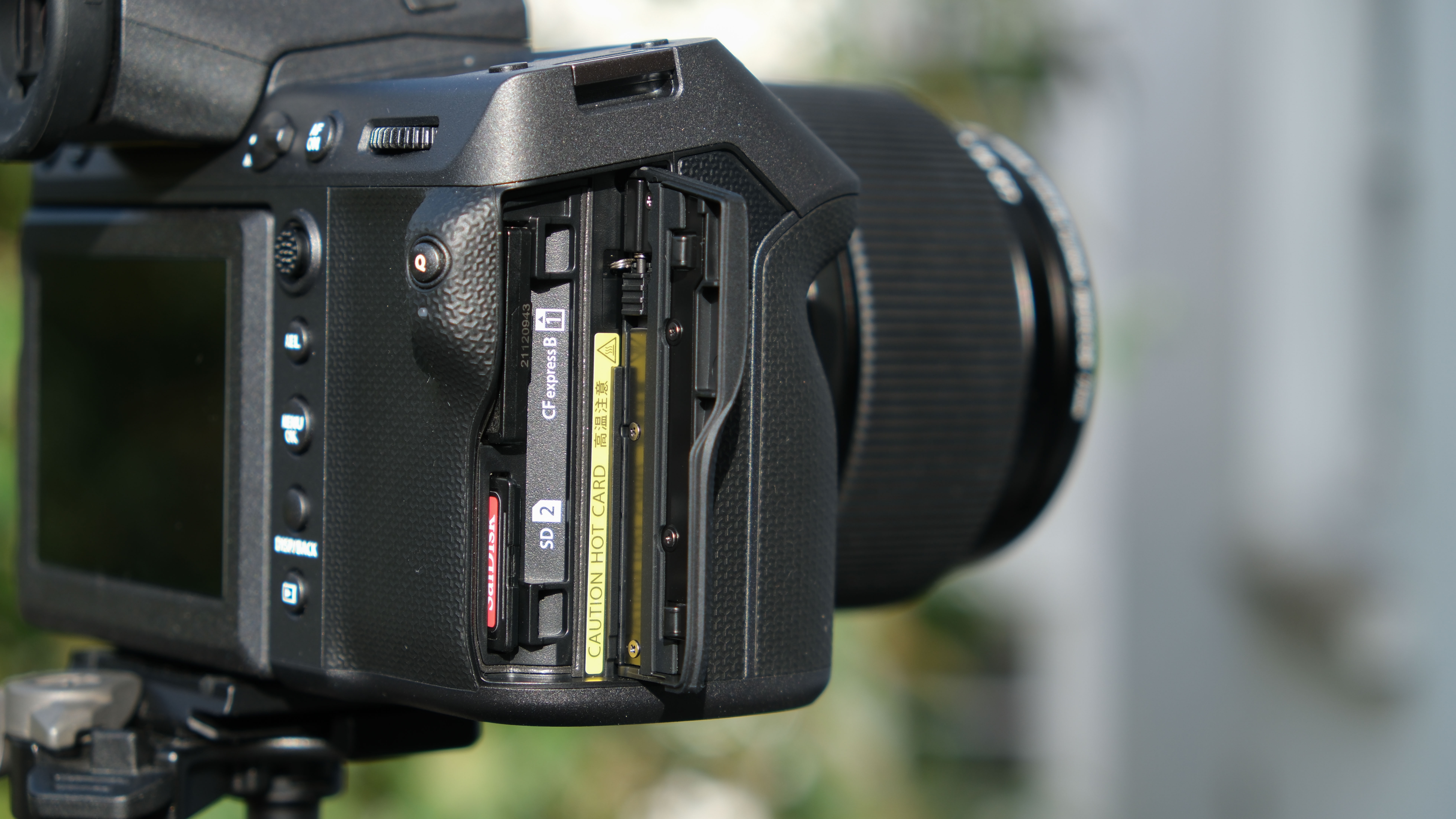
• Fujifilm GFX 100 II: 1x SD UHS II, 1x CFexpress Type B, 10-bit HEIF support
• Hasselblad X2D 100C: 1TB SSD built in, write speed up to 2370MB/s, and a read speed up to 2850MB/s, 1x CFexpress Type B
The GFX 100 II offers a fairly conventional storage setup, with dual card slots offering dual formats. It has one slot for regular SD cards (UHS II compatible) and another for larger, faster CFexpress Type B cards. This does allow more flexibility for users with a large stock of SD cards, but many might prefer matched slots to this dual format approach.
The Hasselblad is much more left-field. It has just a single CFexpress Type B slot, but it supplements this with 1TB internal SSD storage. You could just use a CFexpress Type B card and use the internal storage for backup or do it the other way round, as the internal SSD offers extremely fast 2850MB/s and 2370MB/s read/write speeds.
12. Connectivity
• Fujifilm GFX 100 II: USB Type-C, Ethernet, HDMI Type A, mic, headphone, Wi-Fi, Bluetooth
• Hasselblad X2D 100C: USB Type-C, Wi-Fi, Bluetooth
Compared to the range of ports provided by the GFX 100 II, those on the X2D 100C look pretty spartan. We say spartan, but that’s an understatement since it’s just a single USB Type-C socket. The fact that the Hasselblad doesn’t shoot video simplifies things no end, as you no longer need HDMI or a mic or headphone socket. The GFX 100 II has all of these things, together with a wired LAN ethernet port.
13. Power
• Fujifilm GFX 100 II: NP-W235, 540 shots
• Hasselblad X2D 100C: Lithium-ion, battery life not quoted
The 540-shot battery life of the Fujifilm GFX 100 II is not bad for such a large, powerful camera, and there is an optional battery grip for extended shooting. Hasselblad does not quote a battery life for the X2D 100C, however, so we cannot compare claimed battery life figures.
14. Size

• Fujifilm GFX 100 II: 152.4 x 117.4mm x 98.6mm, 948g
• Hasselblad X2D 100C: 148.5 × 106 × 74.5mm, 895g
The Fujifilm GFX 100 II is a solid, professional camera designed for a variety of uses and environments, while the Hasselblad is a svelte and stylish ‘auteur’ camera that’s visibly smaller and also lighter. Hasselblad has still found room for a mono status panel on the top plate, though, and given that the X2D 100C has the same sensor and a larger rear screen, Hasselblad has done well to make it such a compact package.
Fujifilm GFX 100 II vs Hasselblad X2D 100C: conclusions

• Fujifilm GFX 100 II: $7,499 / £6,999
• Hasselblad X2D 100C: $8,199 / £7,369
These cameras might share the same medium format sensor and a broadly similar price point, but they really are as different as chalk and cheese. If you buy with your head, the GFX 100 II is clearly the smarter choice. It’s cheaper, it has very strong video capabilities where the X2D has none, it is far better at burst shooting, and has AI subject recognition AF. And while GF lenses are far from cheap, it will cost you a lot less to build a system using Fujinon glass.
But the Hasselblad X2D 100C has a charm and a very distinct purpose of its own. Its minimalist styling will appeal to those bored by mainstream cameras and frustrated by their typically fussy layouts. It’s also designed solely for stills photography, with all of the advantages that offers for simplified controls and interface design. And let’s not forget Hasselblad’s 16-bit raw capture, in-lens shutters, 15-stop claimed dynamic range and HNCS color science. It all adds up.
The Fujifilm GFX 100 II clearly wins on bullet points for those who look for a camera that can do everything. But for photographers who want a camera that’s the best at doing a SINGLE thing, the Hasselblad X2D 100C has qualities that can’t be ignored – and you don’t have to pay a whole lot more to get them.
Get the Digital Camera World Newsletter
The best camera deals, reviews, product advice, and unmissable photography news, direct to your inbox!

Rod is an independent photography journalist and editor, and a long-standing Digital Camera World contributor, having previously worked as DCW's Group Reviews editor. Before that he has been technique editor on N-Photo, Head of Testing for the photography division and Camera Channel editor on TechRadar, as well as contributing to many other publications. He has been writing about photography technique, photo editing and digital cameras since they first appeared, and before that began his career writing about film photography. He has used and reviewed practically every interchangeable lens camera launched in the past 20 years, from entry-level DSLRs to medium format cameras, together with lenses, tripods, gimbals, light meters, camera bags and more. Rod has his own camera gear blog at fotovolo.com but also writes about photo-editing applications and techniques at lifeafterphotoshop.com
